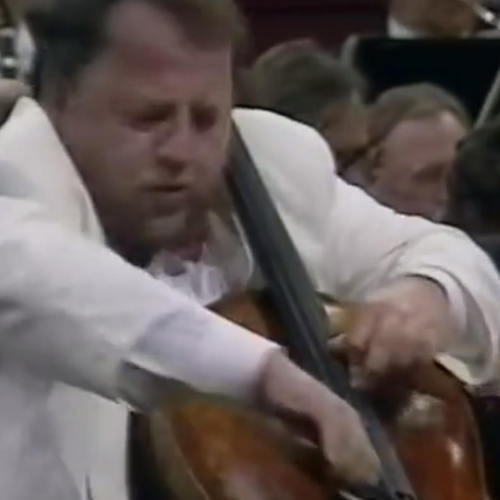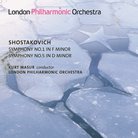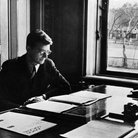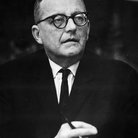The Story Behind Shostakovich's Leningrad Symphony
How Hitler's attack on Russia inspired one of Shostakovich's greatest works.
“On that peaceful summer morning of June 22, 1941, I was on my way to the Leningrad Stadium to see my favourite Sunday soccer game,” Shostakovich wrote. “Molotov’s radio address found me hurrying down the street… Our fruitful, constructive existence was rudely shattered!” The Nazi invasion of Russia had brought Hitler’s hordes to the gates of Leningrad where they laid siege.
At the time, the 35-year-old Shostakovich was head of the Leningrad Conservatoire’s piano department. He began work on his Seventh Symphony in the first hot days of July. “Neither savage raids, German planes, nor the grim atmosphere of the beleaguered city could hinder the flow,” he recalled. “I worked with an inhuman intensity I have never before reached.”
More than 600,000 people died in the siege. After enduring the terrible conditions for a month, Shostakovich agreed to be evacuated to Moscow, taking the completed first three movements of the symphony along. With the rest of the government, he was then evacuated once more, this time to the temporary capital of Kuibyshev on the river Volga where he finished the symphony in December 1941.
The mammoth work runs for over 78 minutes (the first movement alone lasts nearly half an hour). Shostakovich asks for an equally gargantuan orchestra including eight horns, six trombones, two harps, a piano, three side drums and a full complement of other percussion instruments.
The first performance was given on March 5, 1942 by the Orchestra of the Bolshoi Theatre, which had also been evacuated to Kuibyshev, conducted by Samuil Samosud. But before Leningrad heard the work, it was broadcast by the BBC on June 22, 1942 – the first anniversary of Russia’s entry into the war – conducted by Sir Henry Wood.
But how?
A microfilm of the score had been smuggled out of Russia and it was in this way that the US, too, heard the symphony before Leningrad when Toscanini conducted the NBC Symphony in a broadcast on July 19, 1942.
The “Leningrad” was finally performed in Leningrad itself on August 9 and, until the end of the 1940s, enjoyed great popularity. But it later fell out of favour and only regained popularity in the 1960s. Despite its often obvious effects, Shostakovich’s Seventh is a stirring piece of contemporary history.












